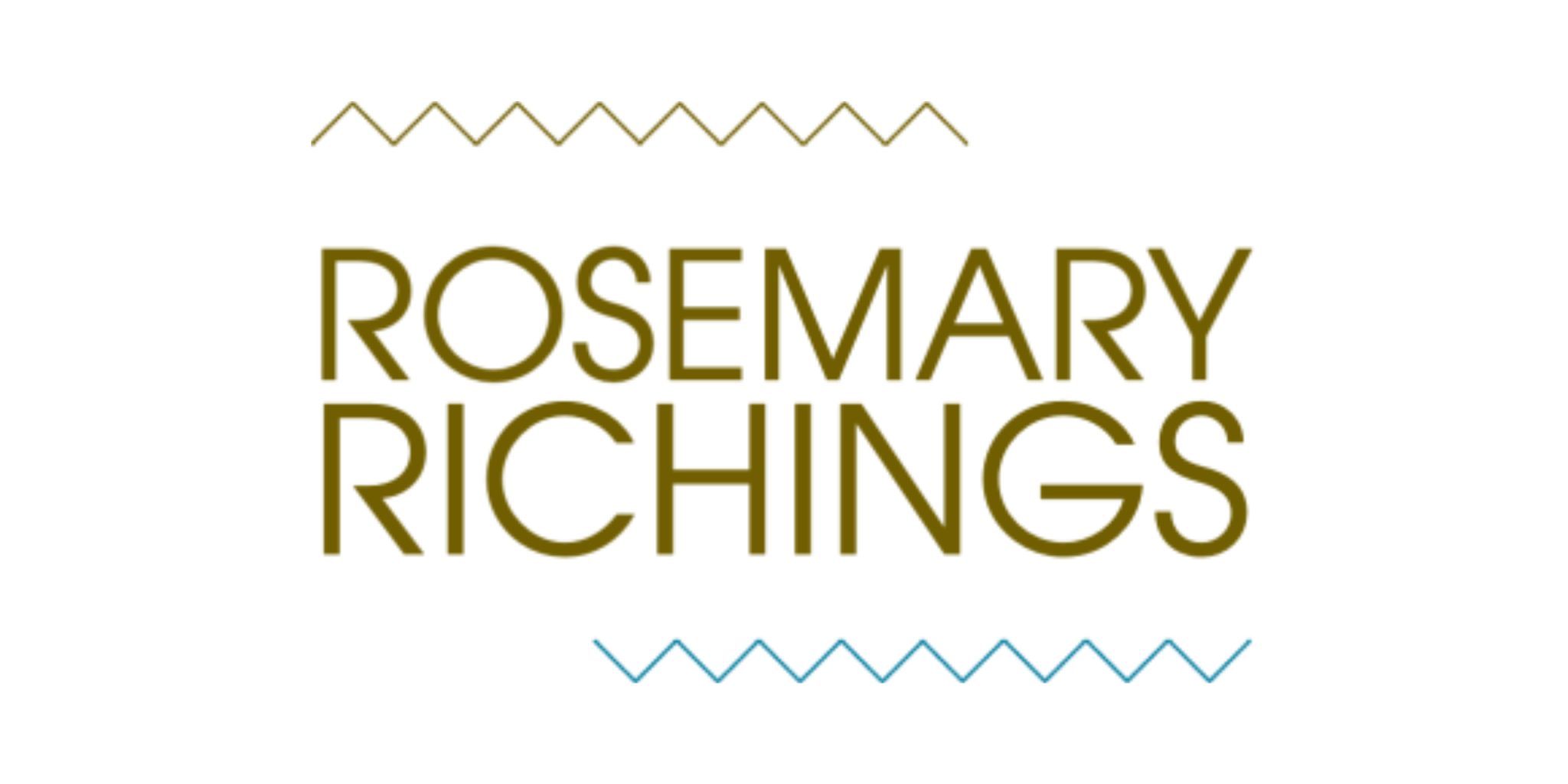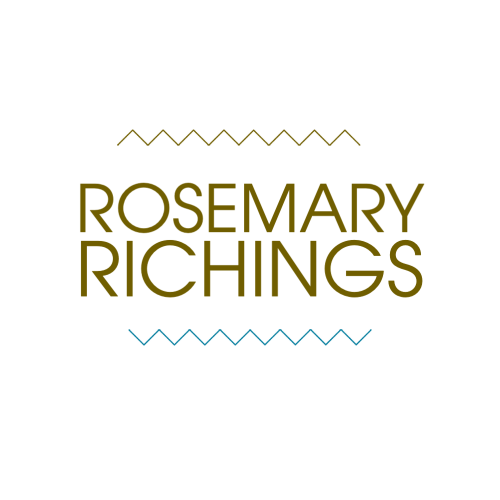For several months, I’ve been working on a manuscript for my memoir: “Growing Up With Dyspraxia”. As the title illustrates, it’s a true story of growing up with a neurological disability with a very serious underdiagnosis problem.
Although it’s not exactly rare. My friends at Dyspraxic Circle, for example, described it as a condition that affects two children in every classroom. In a nutshell, it affects my sense of space and time, along with fine and gross motor skills tasks; e.g: arts and crafts and catching a ball. I can’t read maps. I also struggle with processing information and stimuli when there are distractions of any kind.
When I started the literary agent querying process, I had to sell my neurodiverse story to dozens of people
At first, what boosted my confidence was the widespread presence of agents with words like “diversity”, “underrepresented voices”, “marginalized communities”, and “neurodiverse” on their manuscript wish list.
Then, I saw a tweet about agents eager for diverse voices that made my heart sink:

Don’t get me wrong. I’m happy that my LGBTQ and POC friends have a platform. They have been underrepresented for such a long time in the arts sector, and I would love to read more of their stories. So that’s hardly the point.
I’m a straight, white, cisgender, Canadian woman that’s nearly 30. There are more than enough stories by and for people of my race, gender, age, and sexual orientation.
I know exactly what I don’t want in an agent representing my neurodiverse story.
Nothing seems grosser than the idea of shifting the very personal story I worked on for months into an “inspiration story” for profit. In fact, in the intro of my book, I elaborate on my hatred of “inspiration stories” in deeper detail:
This isn’t an “inspiration” story, a trope in storytelling that I openly mock. Inspiration stories treat people with disabilities like one-dimensional representation of their disability. I’m proud to say that I am so much more than a person with Dyspraxia.
Originally, I wrote this book because I saw a very real gap in the market for books about neurodiverse people. For example, here’s are the first three titles that come up when you search for the word “Dyspraxia” on Amazon:

These titles paint a picture of neurodiverse people who need to be helped. It also implies that neurodiverse people must change their way of thinking and living.
This couldn’t be any more untrue. In fact, often the problem are schools and workplaces who don’t want to accommodate neurodiversity. Then there’s a very real problem with the people who produce these resources.
They’re academics, doctors, and parents that are familiar with Dyspraxia but don’t necessarily live with the condition.
As I wrote the book, the image in my mind was my parents.
More specifically, a past version of them, that wasn’t as well-informed about Dyspraxia as they are now.
I was diagnosed in the 1990s. So you couldn’t just join a Facebook group, follow the social media account of someone who does Dyspraxia-related posts or read a blog on that particular subject.
Instead, all my parents got was an outdated pamphlet on Clumsy Child Syndrome, a synonym for Dyspraxia that isn’t used anymore. They had to take me to a lot of doctor’s appointments and medical tests to get a diagnosis, along with physio/ occupational therapy.
I have also thought a lot about what I would have wanted to know if I had been diagnosed now, instead of the 1990s.
As I kept those particular readers in mind, the focus of my book shifted
Telling my own story wasn’t just about telling my story. It was also about teaching people who have never met an openly Dyspraxic person what Dyspraxia can look like in a variety of contexts and circumstances.
Although the biggest challenge of all, for me was representing this condition fairly. When attempting to understand the Dyspraxic experience, so much has to be taken into consideration. For example, some also have other health conditions such as Autism, various mental health issues, and Dyslexia. And some have Dyspraxia and nothing else.
I, for example, have Dyspraxia and nothing else. Although I definitely suspect that I have Dyscalculia. It’s difficult is for me to grasp mathematical concepts like stats, graphs, taxes and bookkeeping. I require the assistance of apps and other people. And Dyscalculia is the Dyslexia of math. However, this has not been formally confirmed by a medical professional.
When I talk to people about Dyspraxia I always tell them it’s a spectrum. So you can talk to two people with Dyspraxia and find out that one symptom affects them in completely different ways.
Unfortunately, this made writing about Dyspraxia really difficult, and this book was one of the toughest writing challenges I’ve ever faced
I felt a great deal of responsibility when talking about what having Dyspraxia is really like. Then, I started my own Dyspraxia meetup group for people who live with the condition in my area.
What reassured me the most, and convinced me that I was ready to query agents was something one of the participants said when I requested feedback on the meetup structure:
Honestly, it’s just great to talk to someone who gets my Dyspraxia, and what I’m going through.
One of them was a late diagnosis. So she was the first person to say that. Nodding in silence was the only other reaction I got. I had gotten so many people to look at my book, and I realized that was a feeling I was conveying. That’s important. In fact, it’s something that people genuinely need.
I think the idea of thriving and living a “normal” life with this condition is seen as a mark of bravery by far too many people.
What they don’t see is the hours of hard work that goes into doing everything from learning a new skill to not looking painfully awkward in a job interview, media appearance, or first date. I want to help people see that part of the process as well.
Who is this book for?
I haven’t always been as publicly Dyspraxic as I am now. There was a huge shift in my mindset, social circle, and lifestyle that had to happen first. Meanwhile, people are living with the same sense of doom, gloom, and fear that I once did about what Dyspraxia might mean for the rest of my life.
I think my real target audience are people who just need to hear that what they’re experiencing isn’t that unusual, and there are others out there just like them.
I think that’s a very real message missing in most books about disabilities, and I will endure any level of rejection and waiting that I have to. Because I truly believe that I have an important message to share, that’s about a lot more than just me and my story.
This post was original published in a Medium Digest- based publication called Curious on August, 21, 2020.
PS: New articles are published bi-weekly on Mondays. Browse more posts:
50+ B2B articles →
100+ writer-to-writer articles →




